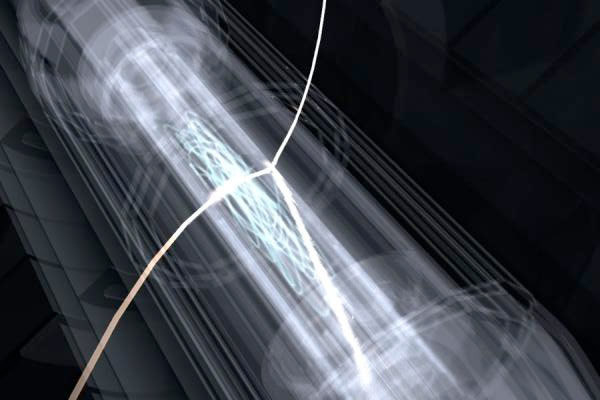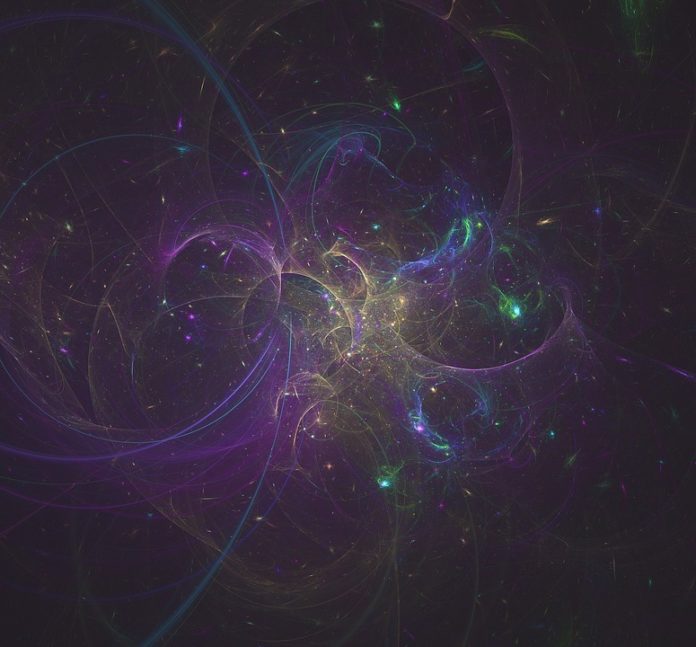


Stefan Ulmer, spokesperson of the BASE Collaboration.


“This result is four times more precise than the previous best comparison between these ratios, and the charge-to-mass ratio is now the most precisely measured property of the antiproton,” said Dr. Performed over four campaigns between December 2017 and May 2019, these measurements resulted in more than 24,000 cyclotron-frequency comparisons, each lasting 260 seconds, between the charge-to-mass ratios of antiprotons and negatively charged hydrogen ions.įrom these comparisons, and after accounting for the difference between a proton and a negatively charged hydrogen ion, the BASE team found that the charge-to-mass ratios of protons and antiprotons are equal to within 16 parts per trillion. In this device, a particle follows a cyclical trajectory with a frequency, close to the cyclotron frequency, that scales with the trap’s magnetic-field strength and the particle’s charge-to-mass ratio.Īlternately feeding antiprotons and negatively charged hydrogen ions one at a time into the trap, the researchers measured, under the same conditions, the cyclotron frequencies of these two kinds of particle, allowing their charge-to-mass ratios to be compared. To make their proton and antiproton measurements, physicists from the BASE Collaboration confined antiprotons and negatively charged hydrogen ions, which are negatively charged proxies for protons, in a state-of-the-art particle trap called a Penning trap. The differences between matter and antimatter particles that are consistent with the Standard Model are smaller by orders of magnitude to be able to explain this observed cosmic imbalance. Such a difference could also shed light on why the Universe is made up almost entirely of matter, even though equal amounts of antimatter should have been created in the Big Bang. Image credit: Chukman So.Īccording to the Standard Model, matter and antimatter particles can differ, for example in the way they transform into other particles, but most of their properties, including their masses, should be identical.įinding any slight difference between the masses of protons and antiprotons, or between the ratios of their electric charge and mass, would break a fundamental symmetry of the Standard Model, called CPT symmetry, and point to new physics phenomena beyond the Model. report on a comparison of the antiproton-to-proton charge-to-mass ratio with a fractional precision of 16 parts per trillion.


 0 kommentar(er)
0 kommentar(er)
